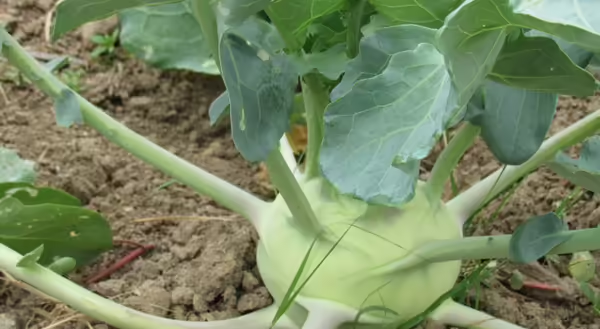
In the last article, we talked about starting seeds indoor with limited resources. A lot of seed can be started outdoors during the month of April.
Carrots can be planted by seed starting April 10. Carrot seed is so small that inevitably you must thin your seedlings, which can be quite a tedious task. My advice is to mix the seed with soil or sand to spread the seed more evenly. When you do thin or clip tops with a pair of scissors, use the seedlings in a fresh pesto or soup. Be patient as carrot seeds can be slow to germinate, but water daily.
Gardener’s tips to growing carrots: plant in cool temperatures in deep loose soils, water consistently, thin seedlings to 1 inch apart, and manage weeds.
Beets can be grown for greens, roots, or both. Plant beet seeds ½ inch deep and one inch apart for greens, and three inches apart for roots. You can harvest the outer leaves as the roots grow. Sometimes beet seeds can be hard to germinate because the hard wrinkly seed pod we see actually has the seeds inside. I like to soak them until they have presprouted before planting them in the ground. To presprouting, put them in a plastic bag with a wet paper towel. Check them daily. Plant beets on April 10 for an ample harvest in the summer.
Gardener’s tips to growing beets: successive planting (plant a new crop every week for spaced out harvest dates), consistent watering, plant early so they don’t have to grow in 80-degree weather.
Turnips and Kohlrabi, are my new cool season vegetable garden favorites to plant before April 15. Kohlrabi is easier to grow than broccoli, cauliflower, and cabbage and gives you similar flavor. Turnip and kohlrabi seeds are planted a quarter-inch deep and thinned to two to four inches.
Gardener’s tips to growing turnips: consistent moisture, harvest of turnip roots can be as little as two months.
Gardener’s tips to growing kohlrabi: consistent moisture, cool temperatures, and begin harvesting when bulbs are two inches wide, otherwise they taste bad.
If little ones are joining you in the garden, read Tops & Bottoms by Janet Stevens, to learn about different vegetables that grow below or above of the soil line. Look through seed magazines (or sites online) at the various varieties and colors of root vegetables. Create a rainbow when planting them or cut, design and paste it on paper. While planting the seeds, talk about the purpose of the plant’s roots: taking up water & nutrients, storing food for the plant, and anchoring the plant in the ground so it doesn’t fall over. Thinning is a great activity for little hands, and to work on measurement and fine motor skills while doing garden work!